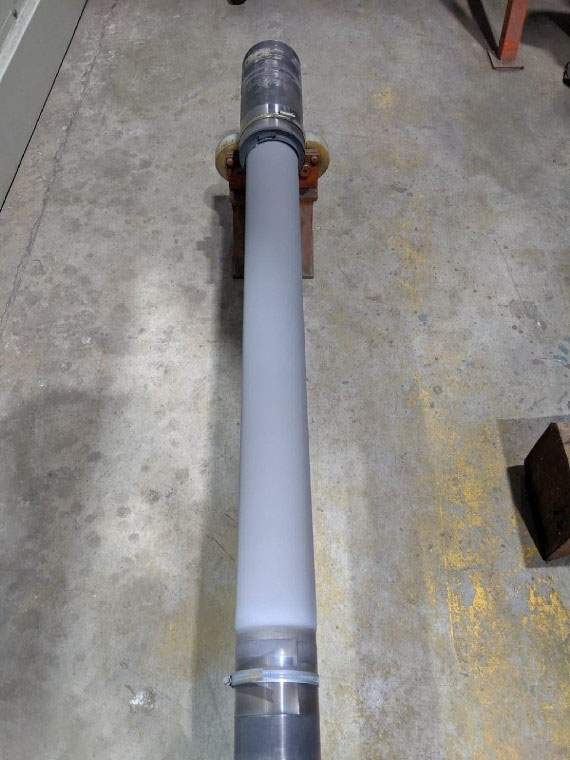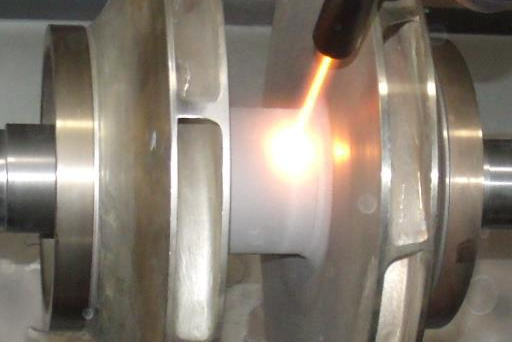
Endurance brings you economical environment-friendly Fe-based coatings for corrosive environments which can effectively replace Co-based coatings and hazardous electrolytic, chrome plating. With HVAF, these metallic glass iron-based coatings are known to drastically slow down the corrosion process.
Characteristics of Amorphous Fe-based HVAF coatings
Explore thermal spray HVAF amorphous metallic glass iron-based coatings at our spray shop in Mumbai. Contact Us

HVOF thermal spraying is one of the most widely used processes for depositing coatings such as metals, cermet, ceramics, and metallic glasses, which seems more feasible due to its high cooling rates of 107 – 1010 K/s. However, in comparison with the HVOF process, the HVAF system which produces a mixture of compressed air and fuel gas in the combustion chamber has a lower spraying temperature (1600k) than HVOF (1900k) process. So, the chemical uniformity generated by controlled oxidation in the coating by HVAF can be improved. Moreover, the high particle velocity, typically over 700 m/s, of the HVAF process has been reported to provide lower porosity and improved adhesion strength in the coating than in the HVOF process. Furthermore, the use of air instead of oxygen for combustion by HVAF is expected to lower the cost of spraying and promote its competitiveness over other processes.
| Nominal composition | Wt.% |
| Chromium | <25% |
| Molybdenum | <20% |
| Tungsten | <10% |
| Boron | <5% |
| Manganese | <5% |
| carbon | <3% |
| Silicon | <2% |
| Iron | Balance |

Typical Applications of Iron-Based Coatings
| Feature | S.I Units |
| Apparent metal logographic prosity | <1.0% |
| Bond strength to carbon steel | 70+MPa@500um Thk. |
| Hardness | 65HRC |
| Max. coating Thk. (as-sprayed) | 1mm |
| Max. working Temp. | 700°C |

